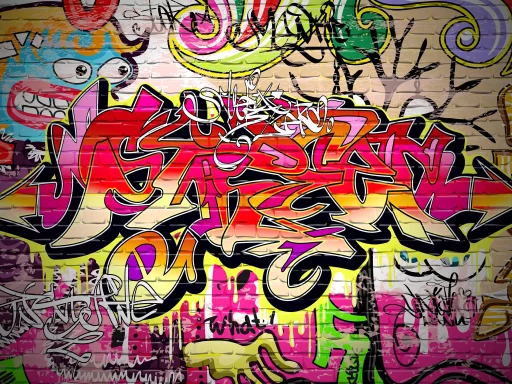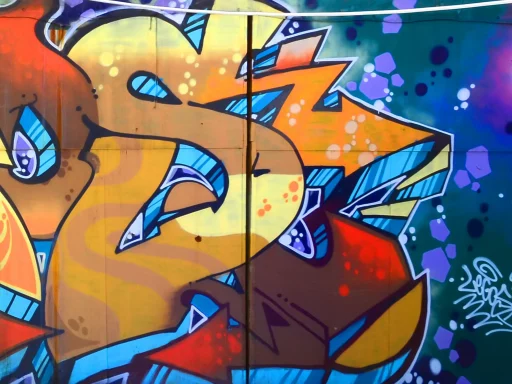Introduction to WAP
WAP, an acronym that stands for “Wet and P**sy,” is a term that gained significant attention in the digital and social media landscape. Its notoriety can be primarily attributed to the song “WAP” by Cardi B featuring Megan Thee Stallion, released in August 2020. The song became a cultural phenomenon, sparking discussions about female empowerment, sexuality, and the boundaries of explicit content in music.
The Evolution of WAP in Popular Culture
The emergence of WAP as slang reflects an evolving conversation about women’s sexuality and body autonomy. Historically, conversations surrounding female sexuality have often been stigmatized or marginalized, but in recent years, artists have begun to reclaim and celebrate it. The song “WAP” became a rallying cry for many who believe that female artists should be free to express themselves without fear of judgment.
The Impact of WAP on Society
“WAP” transcended music charts to become a cultural discussion point. According to a survey conducted by Statista, around 63% of respondents aged 18-34 had heard of the term by the end of 2020, indicating its penetration into pop culture. Furthermore, the song peaked at number one on the Billboard Hot 100 and accumulated over 1 billion views on YouTube, showcasing its overwhelming popularity.
Examples of WAP in Use
WAP is often used in reference to a woman’s sexual prowess and openness about her desires. Here are a few contexts where the term may be applied:
- In music: Artists frequently use the term to express boldness in their sexual lyrics.
- In social media: Influencers might use it to promote body confidence or sexual empowerment.
- In everyday conversation: Young adults may use it humorously or sarcastically to reference someone’s flirty behavior.
Case Studies: WAP and Feminism
Many feminists hailed “WAP” as a significant moment in music that challenges longstanding double standards in the industry.
- Cardi B: She openly claims that the song is about empowerment and women taking charge of their sexuality.
- Megan Thee Stallion: In various interviews, she has noted that such expressions help dismantle the stigma around female sexual pleasure.
- Reactions in Media: The song prompted various critical conversations in mainstream media, from positive affirmations to negative backlash, highlighting the polarization around female sexuality.
The Controversy Surrounding WAP
While WAP has its advocates, it has also faced significant criticism. Many conservative figures labeled the song as vulgar and objectionable.
- Some argue that explicit content in pop music can lead to inappropriate behavior among youth.
- Conversely, others argue that censorship stifles creativity and freedom of expression.
The debate continues to this day, as new songs, trends, and ideas emerge in an ever-evolving musical landscape.
Statistics on the Reception of WAP
Consider these stats reflecting various perspectives around WAP:
- Streaming Success: The song broke Spotify’s single-day streaming record, showing the demand for unapologetic female narratives in music.
- Social Media Trends: The hashtag #WAP challenged users on TikTok to create choreography or parody videos, amassing millions of views.
- Poll Results: A Gallup poll revealed that 45% of respondents found the song empowering, while 30% deemed it inappropriate.
The Future of WAP as Slang
The term WAP is likely to continue as a touchstone in discussions about female empowerment and sexuality. It also sets the stage for future artists to address similar themes – driving home the significance of ongoing conversations about representation in music.
Conclusion
WAP is more than just slang; it symbolizes a movement towards greater acceptance of women’s sexual independence. Whether celebrated or critiqued, its impact on culture and society cannot be ignored.






